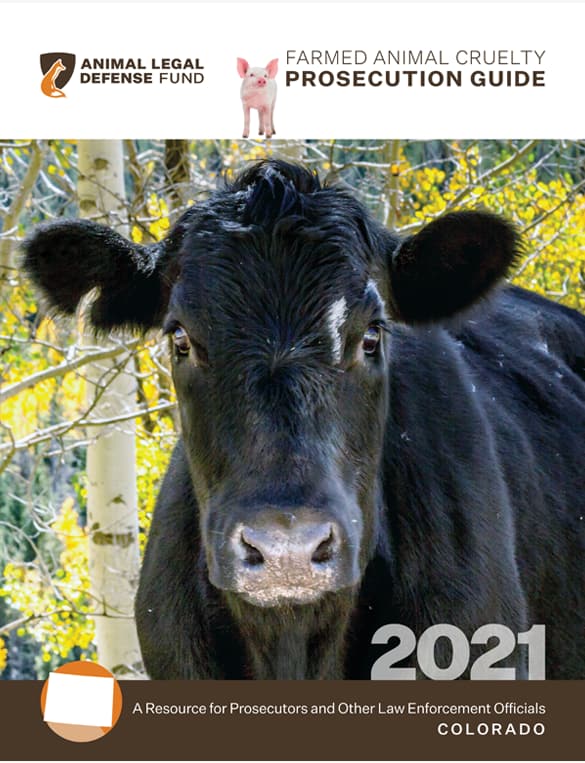The issue of animal cruelty has sparked fervent discussions among legislators, activists, and the general public alike. In Colorado, the laws surrounding animal welfare are designed to protect and promote the humane treatment of animals while holding offenders accountable for their actions. This legal framework not only addresses direct acts of cruelty but also encompasses broader issues such as neglect and abandonment. Grappling with the nuances of these laws can unveil the complexities inherent in the fight against animal cruelty, providing a decisive roadmap toward a more compassionate society.
To authentically comprehend Colorado’s stance on animal protection, it is imperative to explore the statutory definitions, classifications of offenses, and the penalties outlined in state law. Within Colorado Revised Statutes (C.R.S. § 18-9-201), the term “animal” is expansively defined, encompassing domesticated animals, livestock, and even certain wild species under specific conditions. This inclusivity ensures that various creatures susceptible to human influence are afforded legal protections.
Under Colorado law, animal cruelty is classified primarily into two categories: “cruelty to animals” and “aggravated cruelty to animals.” The distinction is significant, as each carries different repercussions and reflections of intent. Cruelty to animals is generally characterized by the intentional or reckless infliction of pain, suffering, or distress upon an animal. This can manifest through neglect, such as failing to provide adequate food, water, shelter, or veterinary care, and can also include direct acts of violence.
Aggravated cruelty to animals, on the other hand, is reserved for cases that involve particularly heinous actions. Such offenses encompass deliberate killing, torture, or inhumane treatment of an animal. This elevated classification implies a malicious intent behind the actions and carries more severe penalties. In fact, aggravated cruelty is often charged as a felony, reflecting society’s repudiation of the most egregious forms of animal abuse.
In recent years, legislative measures have bolstered protections for animals, particularly in emerging areas such as companion animal welfare. The passage of laws regarding the treatment of farmed animals indicates a growing awareness among legislators about the conditions faced by animals raised for food. For instance, the establishment of standards for confinement and care has engendered a new dialogue surrounding ethical treatment within agricultural contexts.
Inchoately, the structure of these laws reflects a mosaic of intent; they aim to not only punish wrongdoing but also to educate the public about proper animal stewardship. Organizations throughout Colorado actively engage in community outreach and educational programs to raise awareness regarding responsible pet ownership and the ethical treatment of animals. This proactive approach helps to mitigate instances of cruelty before they escalate and becomes a cornerstone of effective animal welfare advocacy.
From a legal perspective, enforcement mechanisms play a crucial role in the efficacy of animal cruelty laws. Local law enforcement agencies, animal control officers, and humane societies often work collaboratively in investigating allegations of cruelty and neglect. When evidence substantiates complaints, legal proceedings ensue, which can lead to criminal charges or civil actions. Victims of cruelty—often the animals themselves—are frequently placed in protective custody, receiving the care necessary for physical and emotional recovery.
A pivotal aspect of Colorado’s legal framework is the emphasis on interdisciplinary engagement—linking law, public health, and environmental considerations. The interplay between animal welfare laws and other spheres, such as environmental regulations and public health statutes, showcases the comprehensive nature of this legal tapestry. This integrative approach seeks to underscore the far-reaching implications of animal cruelty, extending beyond the confines of direct animal welfare.
As public awareness around animal rights increases, so too does the expectation for vigorous enforcement of existing laws. Advocacy groups are prompting a societal shift, urging higher standards of accountability for perpetrators of cruelty. Communities are coalescing around a singular promise: to protect those who cannot speak for themselves and to ensure that compassion underlies our interactions with animals.
One notable avenue for reform emerges in the discussion regarding mandatory reporting of animal cruelty. Some advocates argue for the implementation of legislation that would require veterinarians and animal care professionals to report suspected cases of cruelty. This could promote a systemic shift, enabling faster responses to allegations and further deterring would-be offenders. By creating a supportive network for reporting, the potential for intervention increases, thus enhancing protections for vulnerable animals.
Legislation that targets the root causes of animal cruelty—such as poverty, education, and access to resources—also merits examination. Engaging in a holistic perspective allows lawmakers, animal advocates, and the community at large to devise inventive solutions to mitigate the risk factors associated with neglect and abuse. This multifaceted strategy honors the complexity of the issue while heralding a hopeful shift towards progressive animal welfare.
Ultimately, a thorough understanding of Colorado’s animal cruelty laws reveals a commitment to fostering environments in which animals can thrive free from suffering. As society continues to grapple with the ethical considerations of our relationships with animals, it is essential that legal frameworks evolve to reflect these changing paradigms. Transparency in legislation, coupled with community engagement and education, holds the potential not only to curb animal cruelty but to engender a culture of respect and empathy toward all sentient beings.








